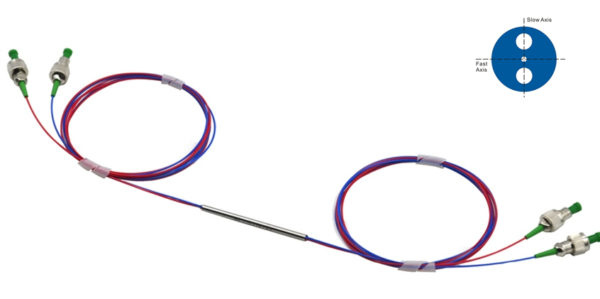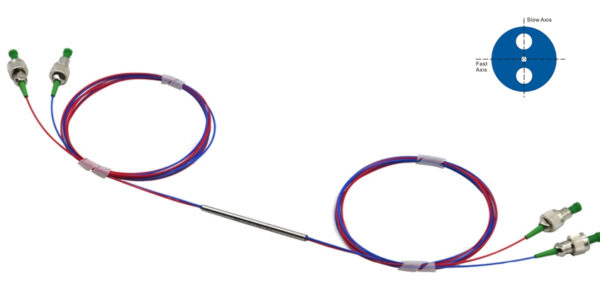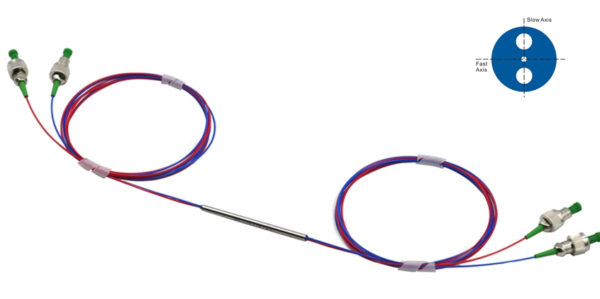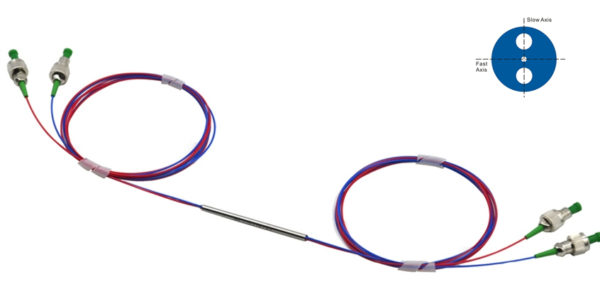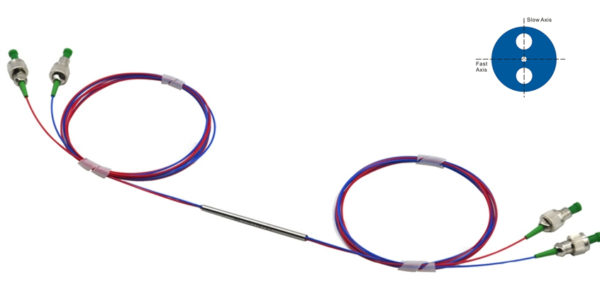Bandwidth coupler and splitters are some of the most important passive devices which are widely used in a number of applications for improving the performance of the whole system in one way or another. These devices are used to divide, route or combine multiple optical signals. While coupler is named after its working principle, splitter is named by its functioning. Here, in this blog, we are going to discuss these devices in detail and know why some optical couplers are often called optical fused couplers.
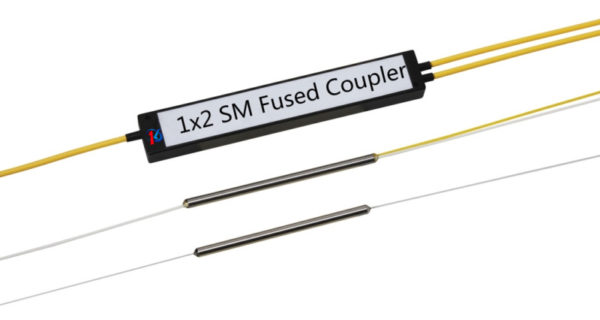
Introduction to Couplers
Fiber optic couplers are those devices which either split optical signals into multiple paths or combine multiple optical signals in one path. Optical signals are comprised of photons and are much more complex than electrical signals. Therefore, manufacturing optical couplers are trickier to design than their electrical counterparts.
However, unlike electrical signals, an optical signal doesn’t flow through the receiver to the ground. Rather, there is a detector at the receiver that absorbs the signal flow. Moreover, multiple receivers which are connected in series don’t receive any signal except the first receiver where the entire signal is absorbed.
As a result, multiple parallel optical output ports need to divide the signals between ports for reducing the magnitude. The number of input and output ports expressed as N x M configuration, where N is the number of input fibers and M is the number of output fibers. This configuration characterizes an optical coupler.
When an optical coupler is designed by using two or more parallel optical fibers which have twisted, stretched and fused together, then the resultant coupler is termed as optical fused coupler. The fusion of optical fibers is carried out so that their cores stay very close to each other.
Optical fused couplers are generally made using configuration in multiples of 2 such as 2×2 or 4×4 but can be made in any configuration depending upon the application requirements.
Introduction to Splitters
Fiber optic splitters are the ones which split fiber optic signal into several parts in a certain ratio. The simplest couplers may be called splitters. They usually contain at least three ports but may contain more than 32 ports for devices with high complexity. Generally, there are two kinds of fiber optic splitters. One of them is traditional fused type fiber optic FBT splitter and other is PLC fiber optic splitter which has a compact size and is best suited for density applications.
They are made with 0.9mm, 2mm or 3mm cables. While 0.9mm outer diameter cable is mostly used in stainless steel tube package fiber optic splitters, remaining cables are widely used in box type package fiber optic splitters. Depending on their working wavelength difference, there are also single window and dual window optic splitters.
By now, you can easily decide which device is suitable for your application, an ordinary optical coupler, an optical fused coupler or an optical splitter.
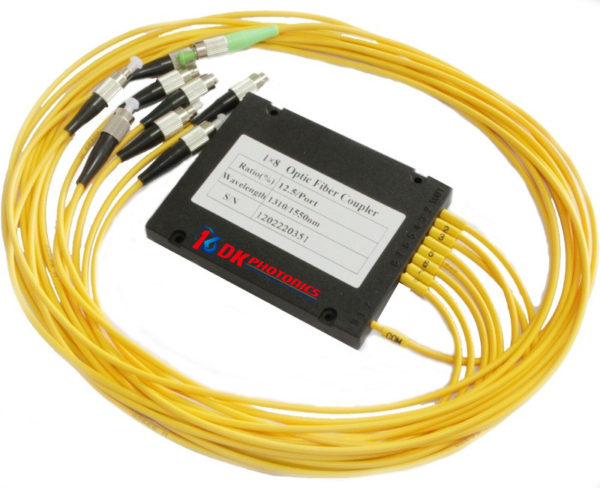
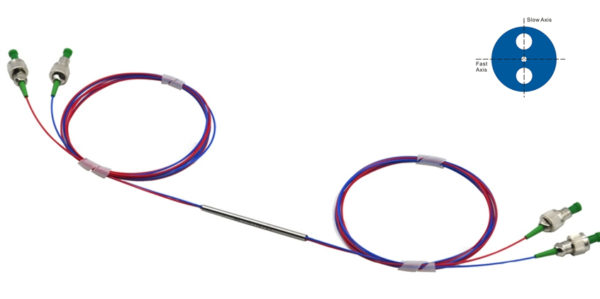 sors and optical gyro requires high polarization extinction ratio.
sors and optical gyro requires high polarization extinction ratio.